Creepy Conservation: Halloween 2023
October 19th, 2023
Spooky season is here and even conservation can be creepy! Throughout the month of October we are celebrating the creepy critters who play an essential role in our Upstate ecosystem. Read below for information on some of our favorite Halloween creatures and what they do for our region.
Creepy Conservation Countdown
1. Black Vulture (Coragyps stratus)
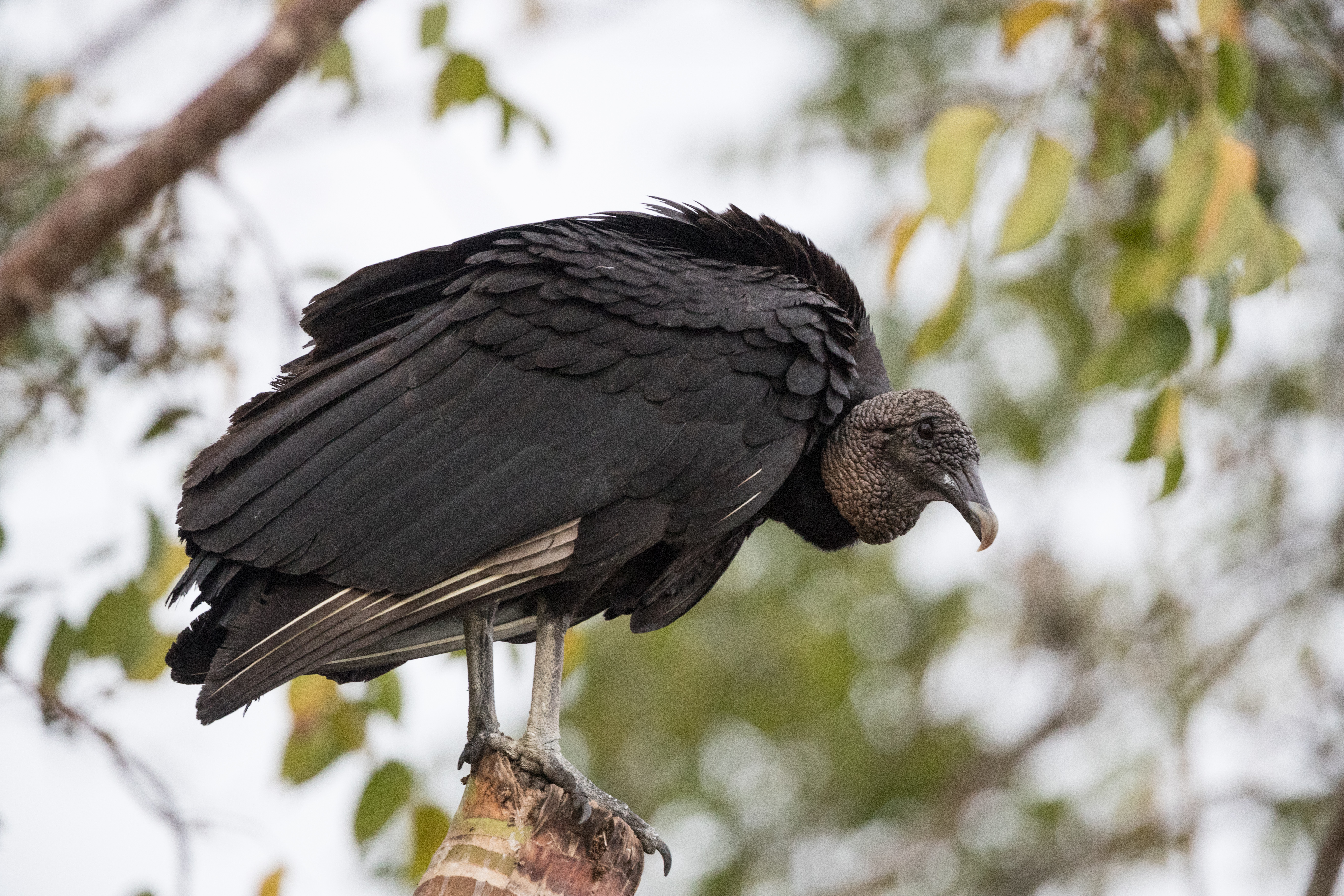
First up are these creepy carrion eaters! The black vulture is a common year-round resident in the Upstate. Though they often get judged by their appearance and preference for dining on the dead, these scavengers serve an important role in our region. By cleaning up dead animals, vultures help prevent the spread of diseases and keep our environment clean!
2. Giant Crevice Orb Weaver (Kukulcania hibernalis)
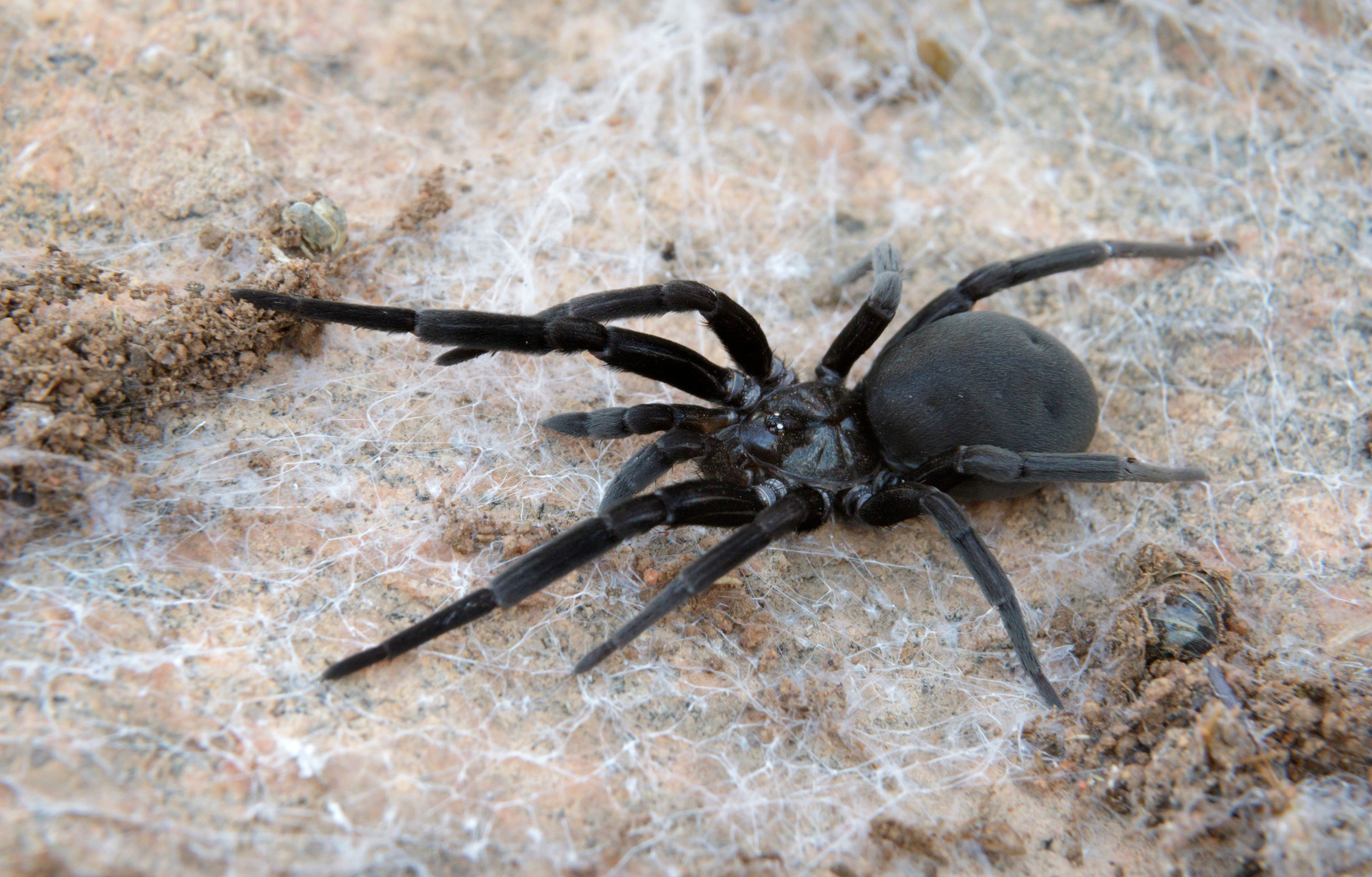
Next on our list of creepy critters is the female Giant Crevice Orb Weaver (a.k.a. Southern House Spider). These dark-dwelling arachnids are most likely to be seen in May, both inside and outside. Otherwise, the female stays close to her funnel-like web.
She may look scary, but she and her male counterparts are not dangerous to humans or pets. In fact, they are known to be quite gentle and social, and spiderlings have even been observed recognizing siblings and cooperating to capture food. Avoid the urge to squash these benign web-spinners, as they can live up to 8 years controlling pests in and around your Upstate home.
3. Great Horned Owl (Bubo virgianus)
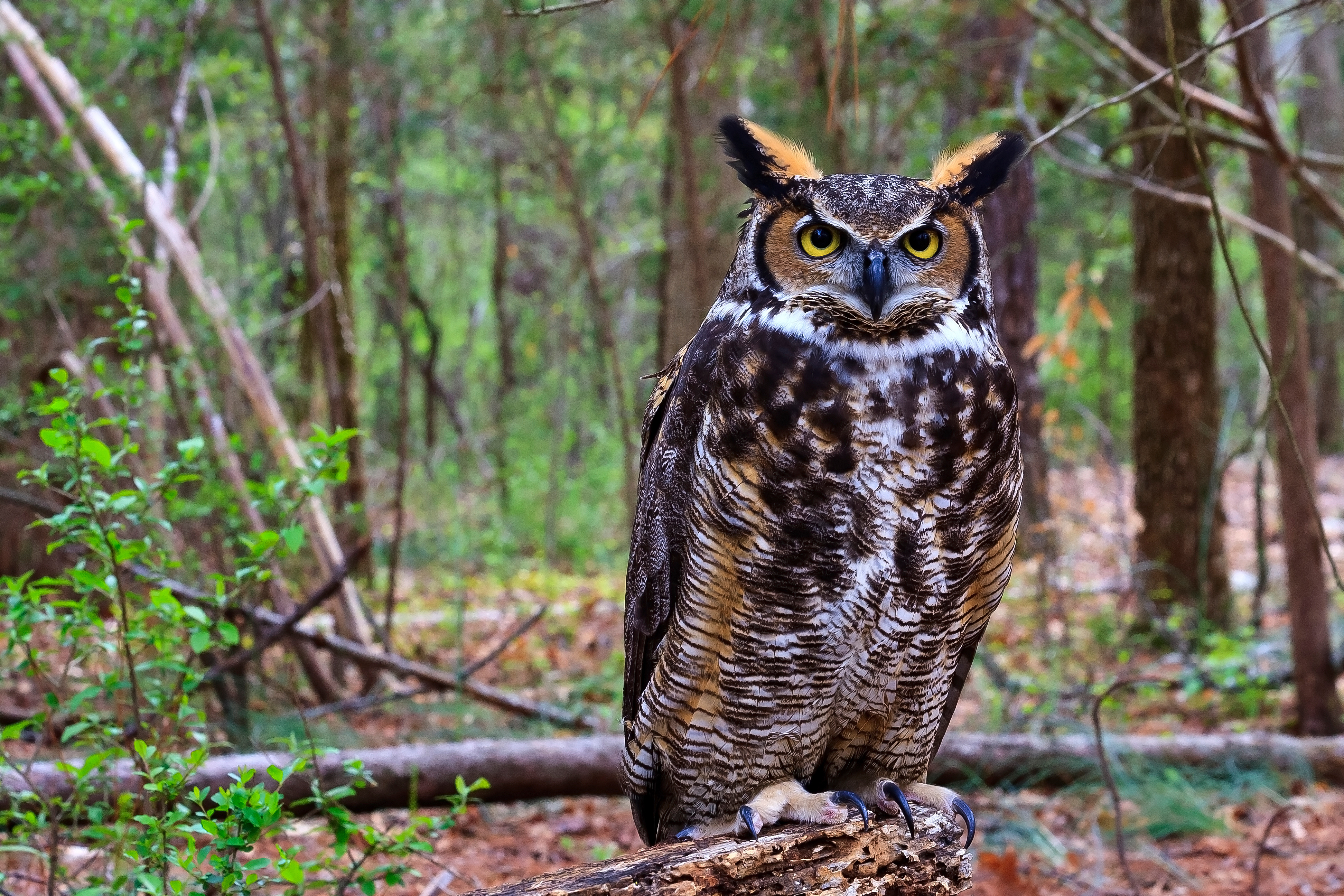
The owl of spooky storybook legends, the Great Horned Owl is known for its cat-like eyes that can be seen glowing in the dark and its large feather tufts that resemble horns. If you don’t see them in the darkness, then you’ve surely heard their iconic deep hoots echoing through your neighborhoods or forested parks.
Considered a top predator in the North American ecosystem, this owl plays a vital role in the Upstate’s environment by controlling prey animal populations. If you see one out this Halloween, know that they are working hard to keep our area in ecological balance.
4. Southern Toad (Bufo [Anaxyrus] terrestris]
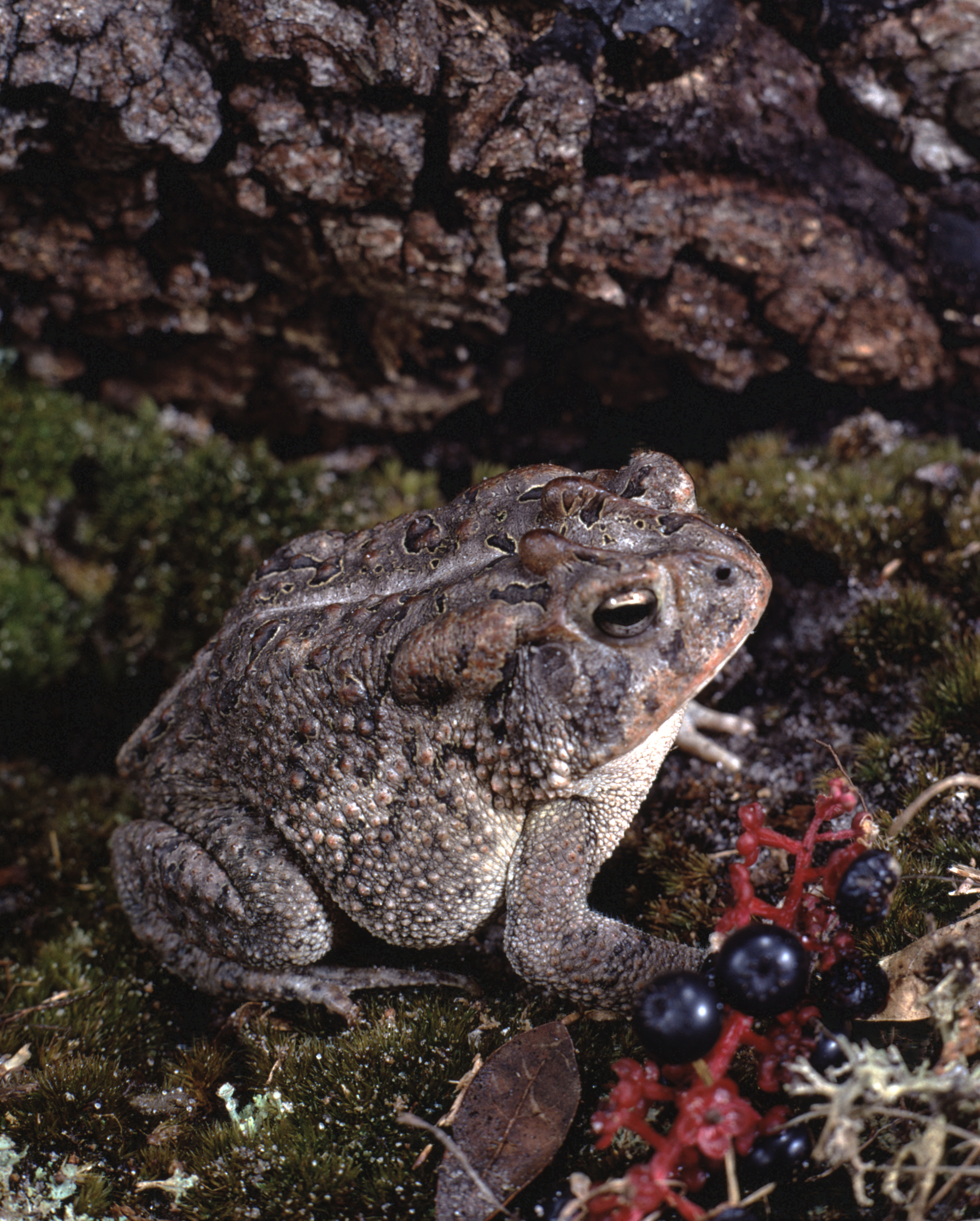
Fourth on our list is the warty toad who is often depicted in magical, haunting tales as a witch’s familiar assisting her in her evil designs. But the southern toad is no such thing, and he doesn’t even cause the warts he’s depicted as spreading in folklore.
Instead, these southeastern residents are insect experts who emerge from their burrows at twilight to feast. Along with other species of toads and frogs, these little foragers are a critical indicator species because of their permeable skin that absorbs oxygen and toxins. They are extremely sensitive to changes in air and water quality and can indicate the health of both in our local ecosystem.
5. House Mouse (Mus muscles)
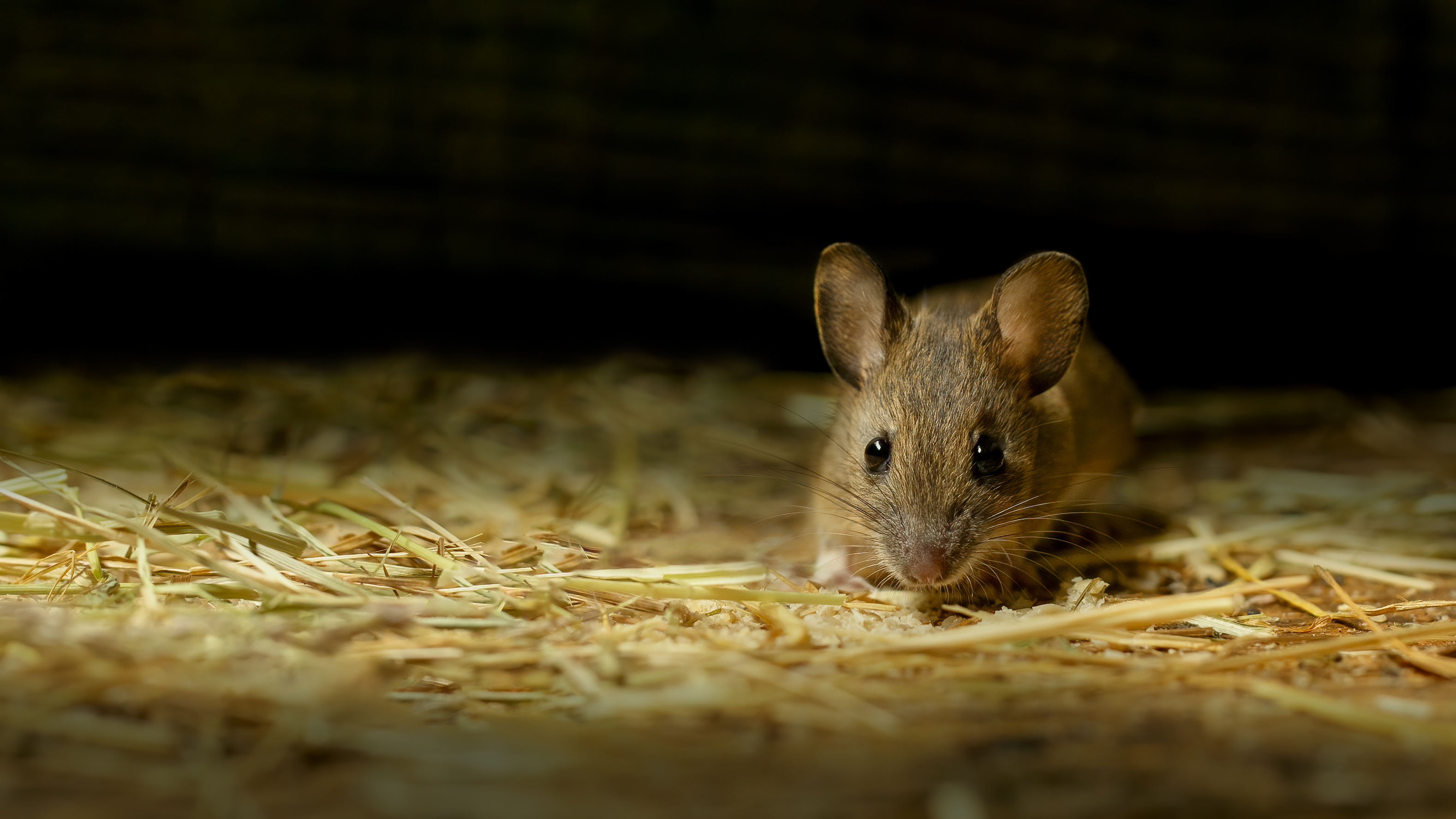
Our final creepy critter is another creature of the night. Though tiny and cute to some, the house mouse provokes fear in all who see it unexpectedly scurry by. The real plagues of the past gave this little rodent a bad reputation as unwanted vermin, but they are surprisingly beneficial to our regional ecosystem. In fact, they are a keystone species in virtually every terrestrial ecosystem because they create a critical link between plants and predators. They eat plant material (among other things) and predators eat them. Before you get too creeped out by them this Halloween, consider the role they play in the complex web of life in the Upstate.
Even though these critters might scare you, they are essential to our ecosystem. UF's nationally accredited land trust works with landowners both public and private to permanently protect properties across the Upstate through conservation easements. It's on these properties with high quality habitat where wildlife thrive, but these are also creatures you can find in your own backyard. Whether you find them in the city or out in the forested areas of the Upstate, UF works hard to protect the land and water that helps these species, and us, survive. Happy Halloween!

